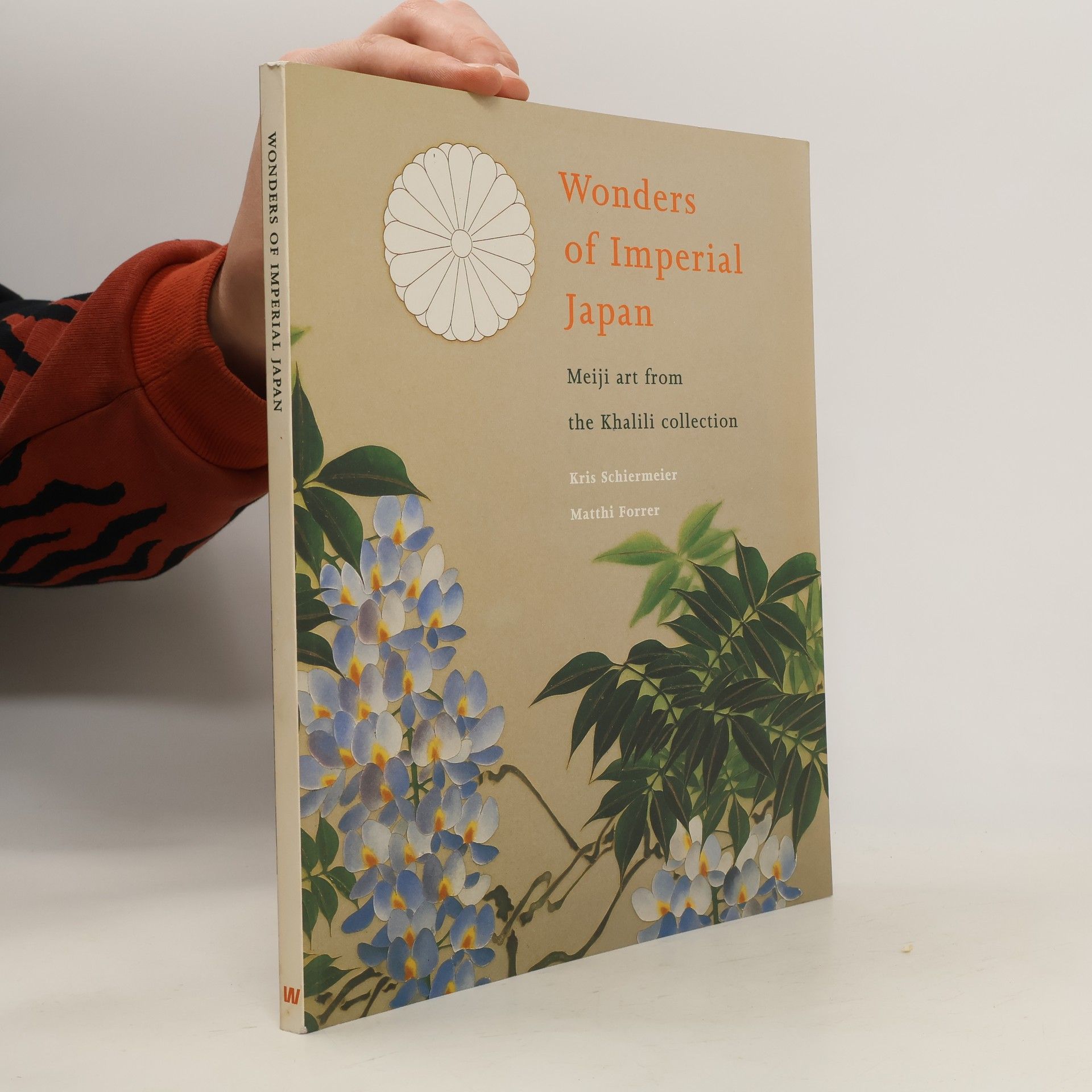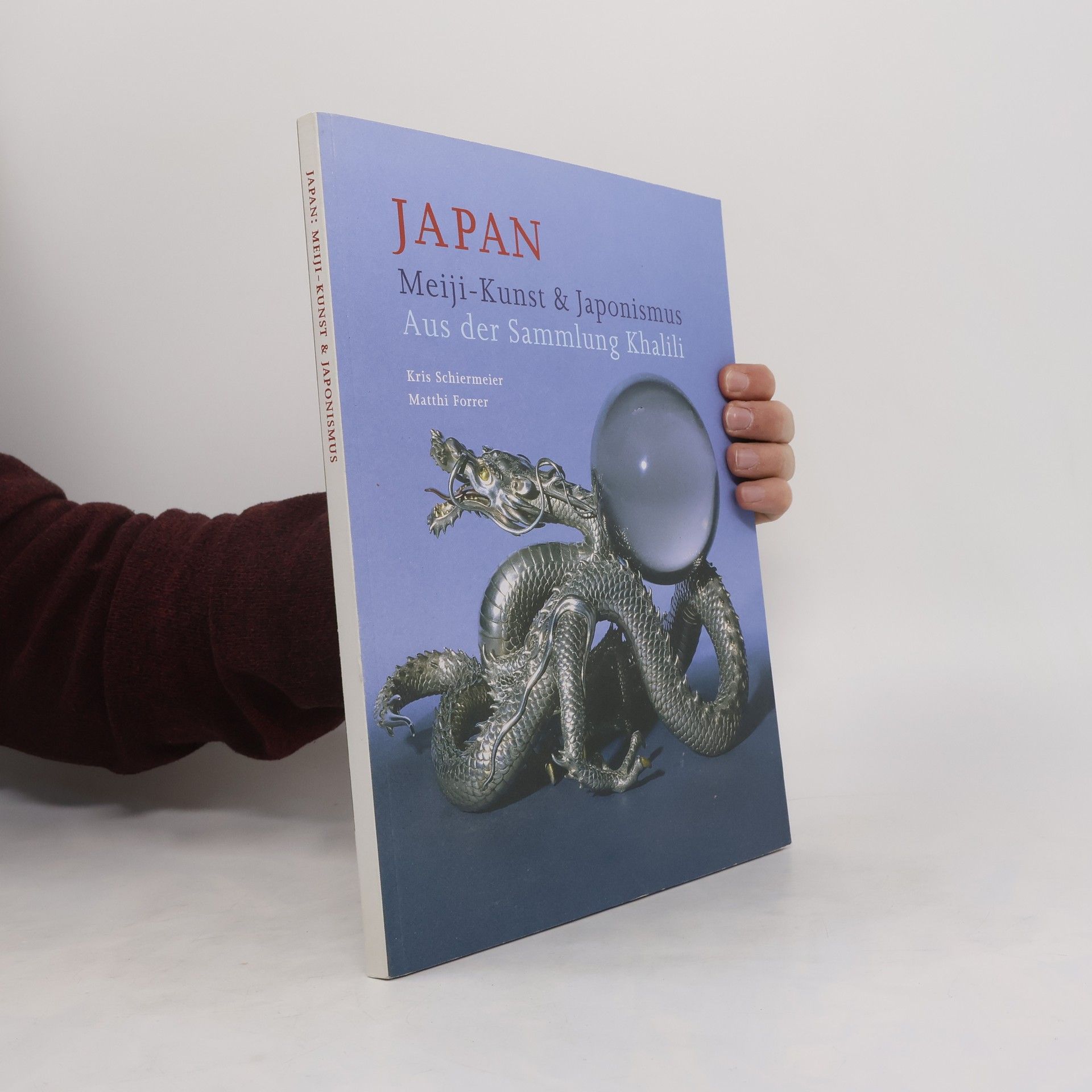Il est difficile d'imaginer artiste japonais aussi célèbre à la foi au Japon et dans le mond occidental que Hokusai. Avec le paintre Hiroshige, qui travaillait à peau près à la même époque, Hokusai est généralement considéré comme le plus grande paysagiste du Japon.
Matthi Forrer Livres






Hiroshige
- 288pages
- 11 heures de lecture
This lavishly produced authoritative monograph presents an in-depth view of the life and work of Utagawa Hiroshige, one of Japan’s most revered artists. Presented in a style as stunning as the prints it celebrates, this survey of Hiroshige tells the fascinating story of the last great practitioner of ukiyo-e, or "pictures of the floating world." Hiroshige is considered to be the tradition’s most poetic artist and his work had a marked influence on Western painting towards the end of the 19th century. Vincent van Gogh, Claude Monet, Paul Cézanne, and James Whistler were inspired by Hiroshige’s serene depictions of the natural world. Arranged chronologically, this book illustrates through text and magnificent reproductions Hiroshige’s youth and early career; his artistic development in the genre of landscape prints; his depictions of Edo and the provinces; the flower and bird prints; and his many popular books and paintings. It discusses the historic and cultural environment in which Hiroshige flourished and the many reasons his art continues to be revered and imitated. Filled with 300 color reproductions, and featuring a clamshell box and Japanese-style binding, this volume is destined to become the definitive examination of Hiroshige’s oeuvre.
Surimono in the Rijksmuseum Amsterdam
- 320pages
- 12 heures de lecture
"Surimono" explores the delicate genre of Japanese printmaking that intertwines poetry and imagery, reflecting the intellectual culture of late Edo. Featuring renowned artists like Hokusai and Kunisada, these prints, circulated among poets, showcase intricate designs and exceptional printing quality. This publication highlights the Rijksmuseum's significant collection, enhancing appreciation for this art form.
Kakemono
- 208pages
- 8 heures de lecture
A comprehensive survey of kakemono, the classical Japanese art of the wall scroll Spanning Japanese painting from the 16th to the 19th centuries, this thrilling volume presents a selection of 120 kakemonos from the Perino collection in Italy. The kakemono (literally "hanging thing") is a Japanese painting or calligraphy, on silk, cotton or paper, contained as a scroll and intended to be hung on the wall. Unlike a hemakimono--a roll that is opened horizontally on a surface--the kakemono opens vertically and is designed as an indoor wall decoration. Being connected to anniversaries, specific periods of the year or special occasions, it is displayed only temporarily and then placed, carefully rolled up, in a special box. The subjects are mainly taken from nature (flowers, birds, fish) and show a naturalism and a tremendous accuracy of detail. Works of rare beauty by artists such as Maruyama Okyo, Kishi Ganku and Kusumi Morikage are included here.
The printed image
- 400pages
- 14 heures de lecture
The Museum für Ostasiatische Kunst in Cologne has conducted a major survey of its inventory of Japanese coloured woodcuts and books for the first time after more than 100 years. The result can only be described as historic. Matthi Forrer, one of the most important authorities on the subject, presents the most unusual and precious pieces. The author uses the exhibition of this surprisingly diverse and high-quality collection as an opportunity to produce a comprehensive handbook, containing numerous colour plates, on the history and techniques of Japanese woodcuts.
